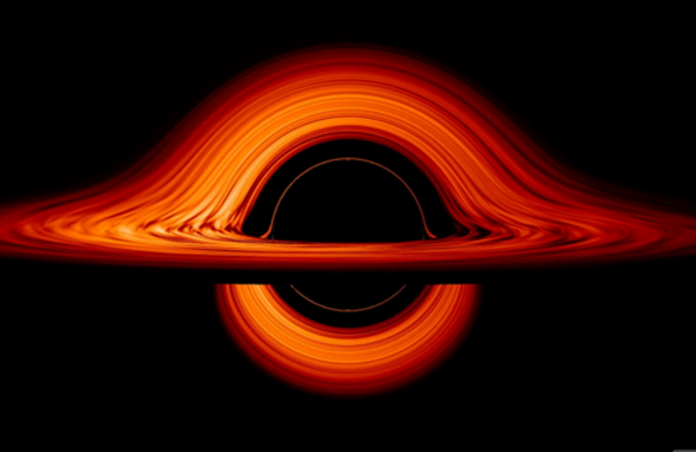Singularities are Harder to Avoid than we Thought

Singularities appear in many theories, as points where physical quantities diverge. In most cases, these are not seen as physically real, but rather a consequence of the mathematical tools we use to describe nature. Instead, they often require alternative approaches to circumvent or renormalise them. Singularities arise naturally within general relativity, represented a point in space with infinite energy and density, which by our understanding of nature, should not be able to manifest.
In the 60s, Sir Roger Penrose’s singularity theorems demonstrated that, under a few reasonable conditions, matter would necessarily collapse into a spacetime singularity. These theorems rely entirely on classical models of gravity and so are thus believed to be incomplete. In particular, the theorem relied on a key assumption, being the null energy condition (NEC). It states that the energy density seen by light rays is never negative. This works classically, but quantum physics often violates it. As a counterexample, quantum fields around black holes can locally take on negative energy, raising questions regarding the validity of Penrose’s assumptions.
A recent study by Raphael Bousso now extends the singularity theorems across a broader, semi-classical regime. Similar descriptions of semi-classical singularities have been made in the past, but only within the extreme limit where quantum corrections become infinitesimal. Within this infinitesimal regime, certain phenomena, such as Hawking radiation, do not naturally emerge. Instead, Bousso extends these theorems to a more robust semi-classical gravity, wherein quantum corrections are small, but finite. Interestingly, his theorem rules out entire classes of “bounce” scenarios in both black holes and cosmology.
His theory hinges on a modified version of the second law of thermodynamics, stating that to prevent the collapse of a singularity, a generalised form of entropy would have to decrease. This generalised entropy is again a semi-classical approach, building on the quantum von Neumann entropy to include additional terms that account for gravity. According to Bousso, whenever a semi-classical universe contains regions that are forced to collapse, the collapse cannot be avoided by quantum corrections alone.
The exact process by which matter would collapse to a singularity remains poorly understood, and most physicists doubt that such a state can exist as a literal physical endpoint. One proposed resolution is that matter, when compressed beyond a critical density, could rebound rather than collapse further. In principle, this might prevent singularities inside black holes, replacing them with a cyclic sequence of contractions and rebounds.
This interpretation is particularly popular in many cosmological models, classified as ‘big bounce’ models. These models suggest that the universe’s expansion will one day slow, halt, and reverse, driving all matter towards a singularity, before erupting in a fresh big bang that starts the cycle anew. Bousso claims that such models are categorically impossible, according to a semi-classical framework.
Bousso’s theorem strengthens Penrose’s original insights, suggesting singularities are not merely artifacts of classical physics but are deeply woven into spacetime itself, even when some quantum effects are included. The work unfortunately closes off many elegant escapes from singularities, reinforcing the idea that gravity truly breaks down at extreme densities. As such, it is clear that spacetime singularities are unlikely to disappear until a full theory of quantum gravity is developed.
--
Journal Source: R. Bousso et al., Robust Singularity Theorem, Physical Review Letters, Vol. 135, (2025), DOI: https://doi.org/10.1103/6f9b-3jmx
Cover Image Credit: NASA’s Goddard Space Flight Centre/Jeremy Schnittman
